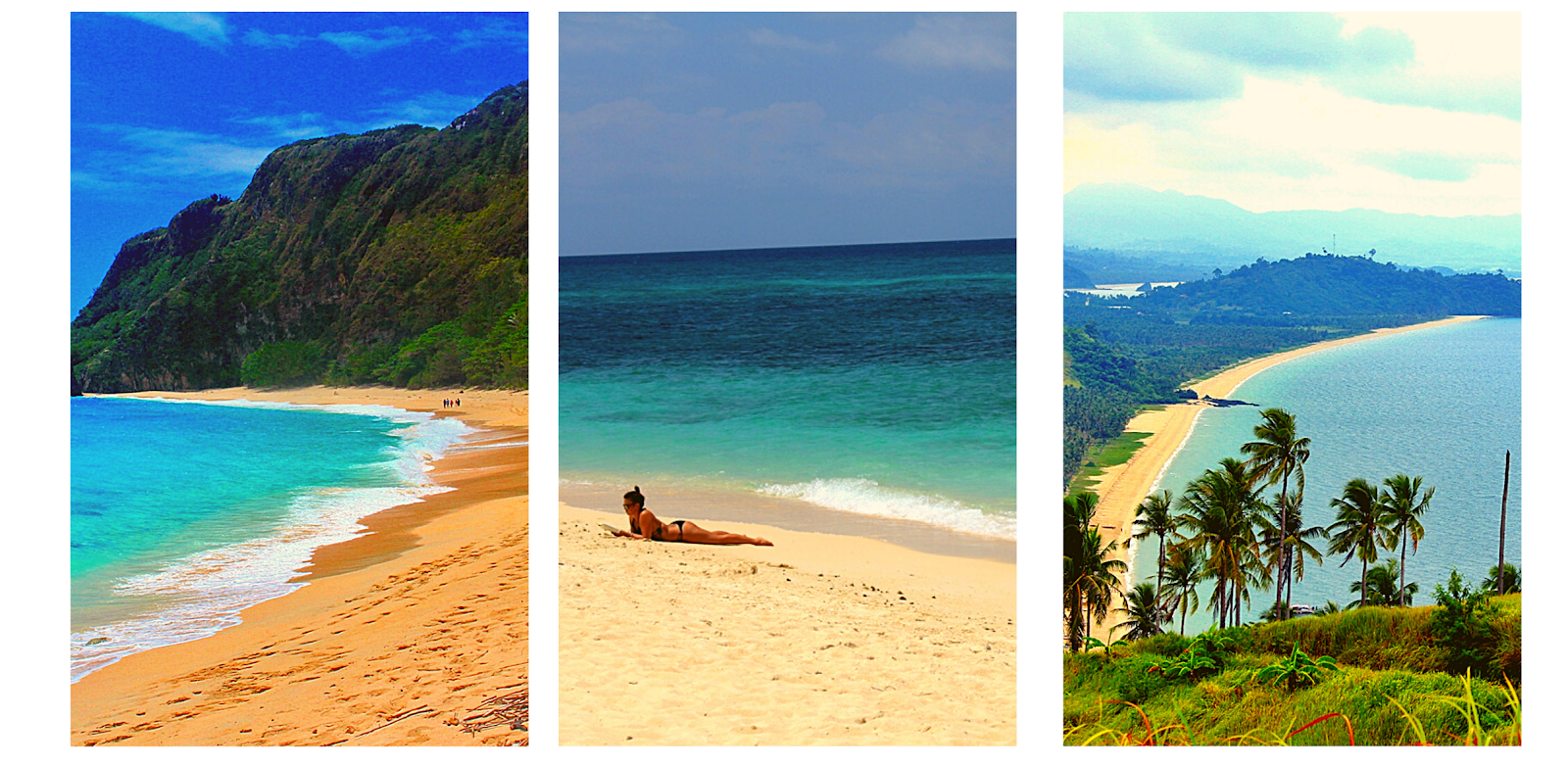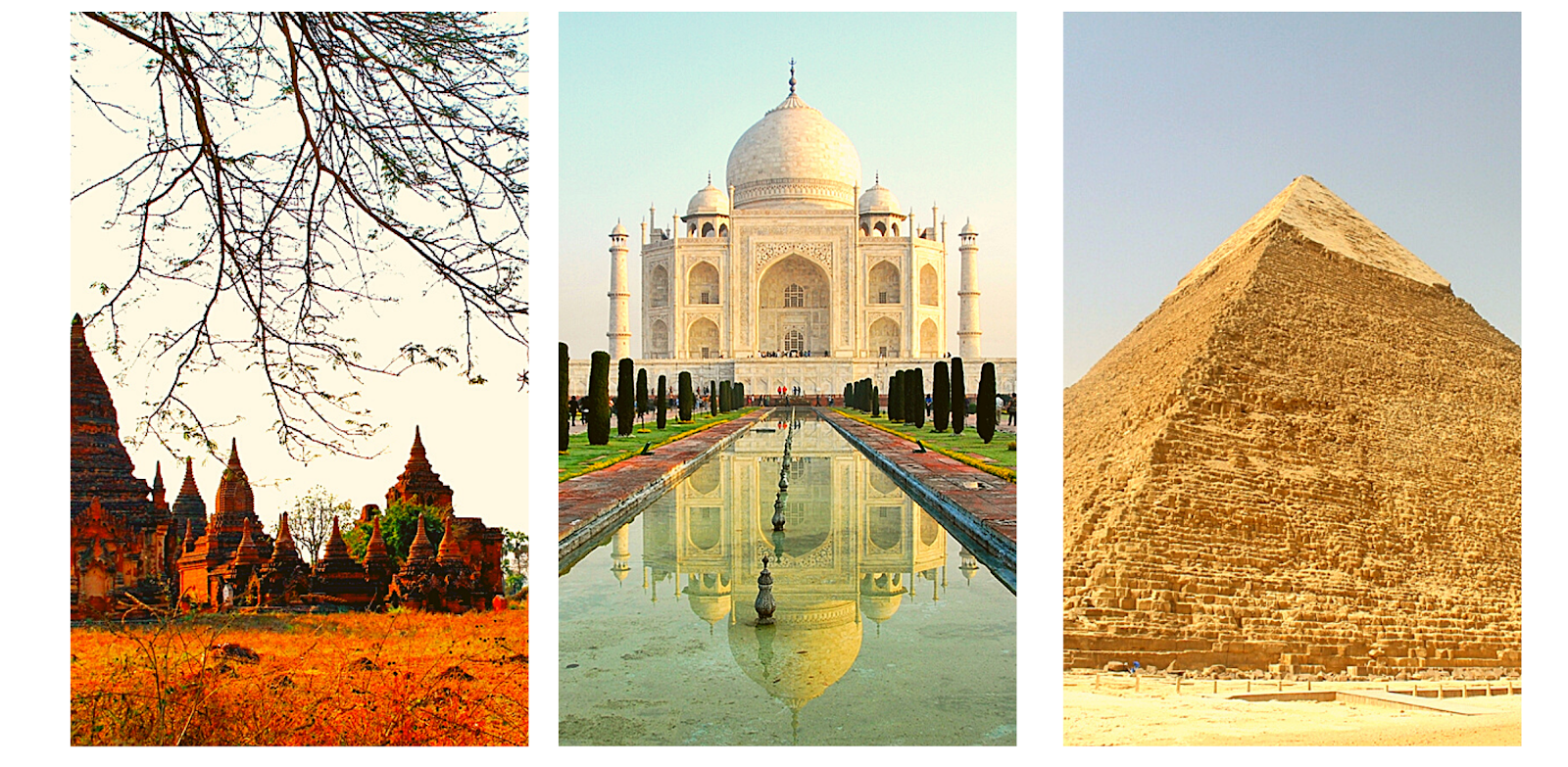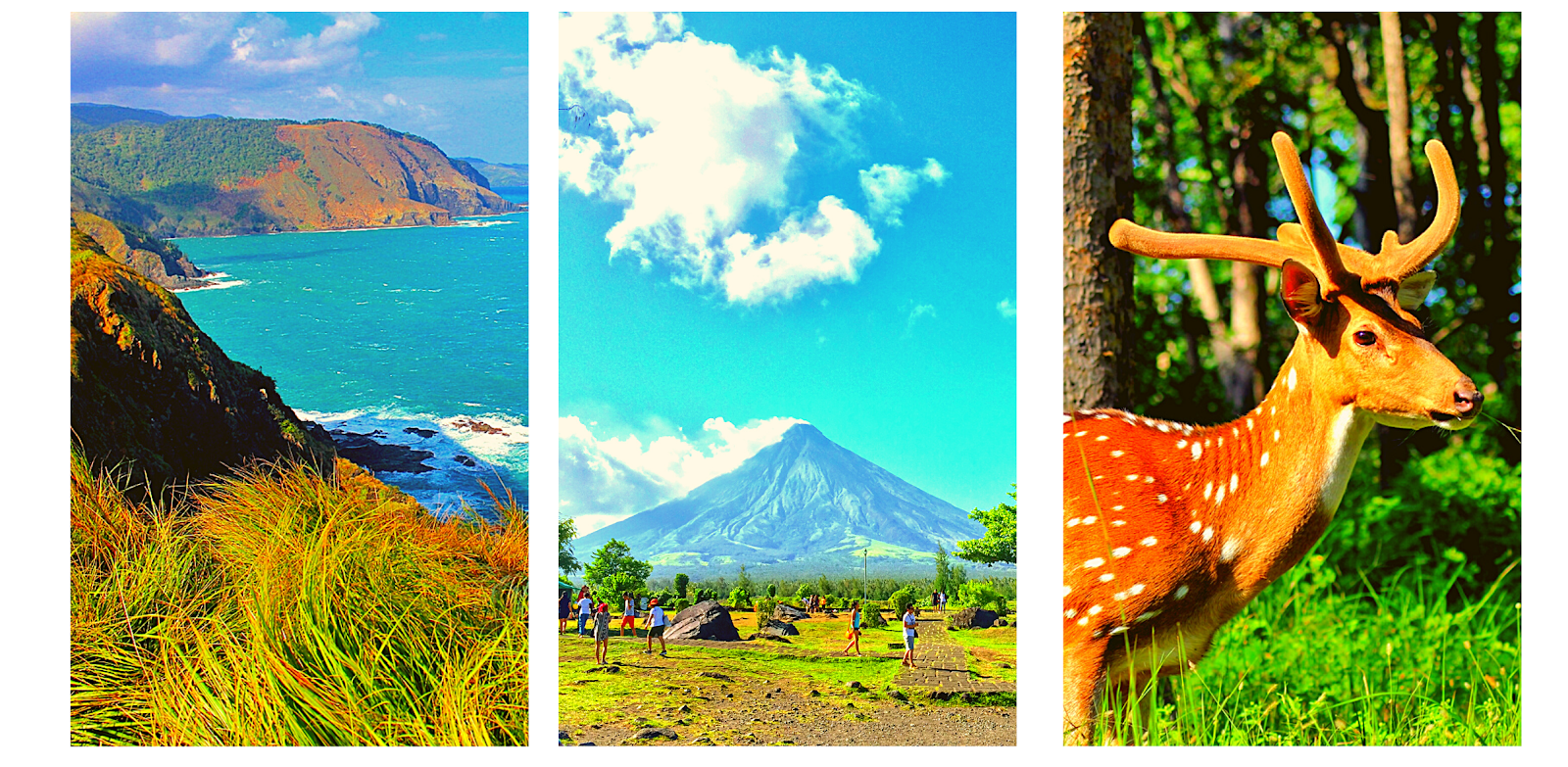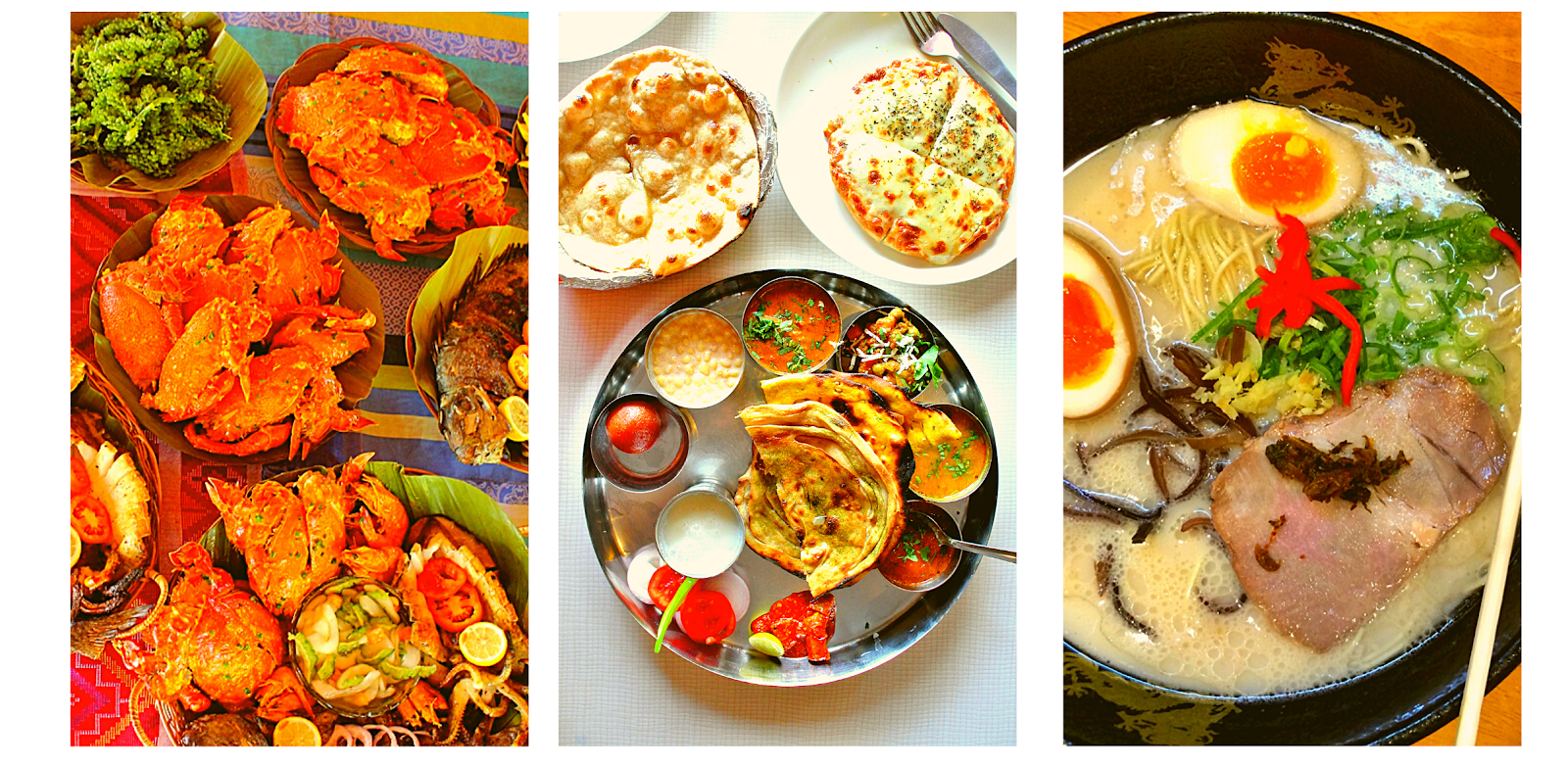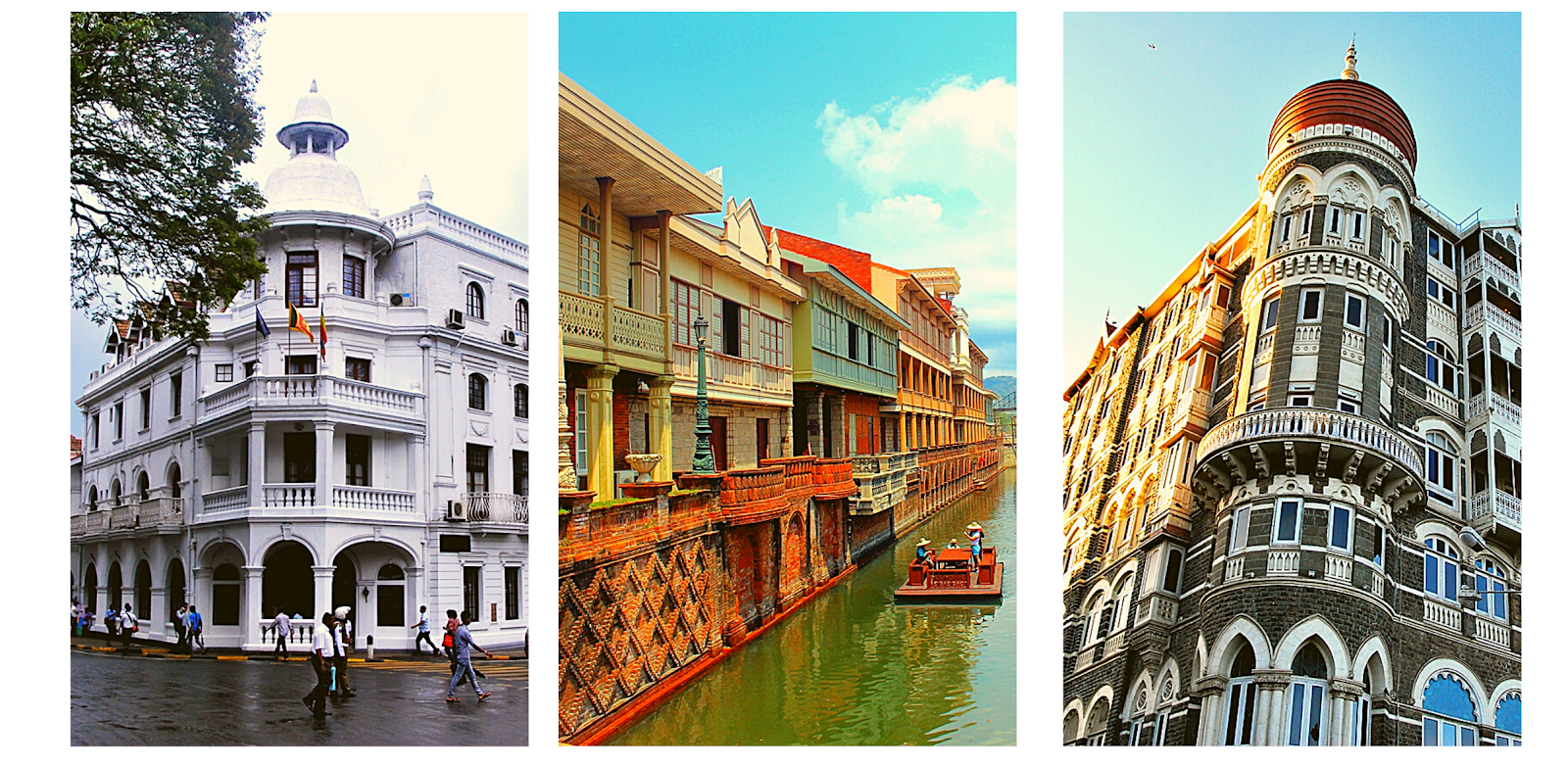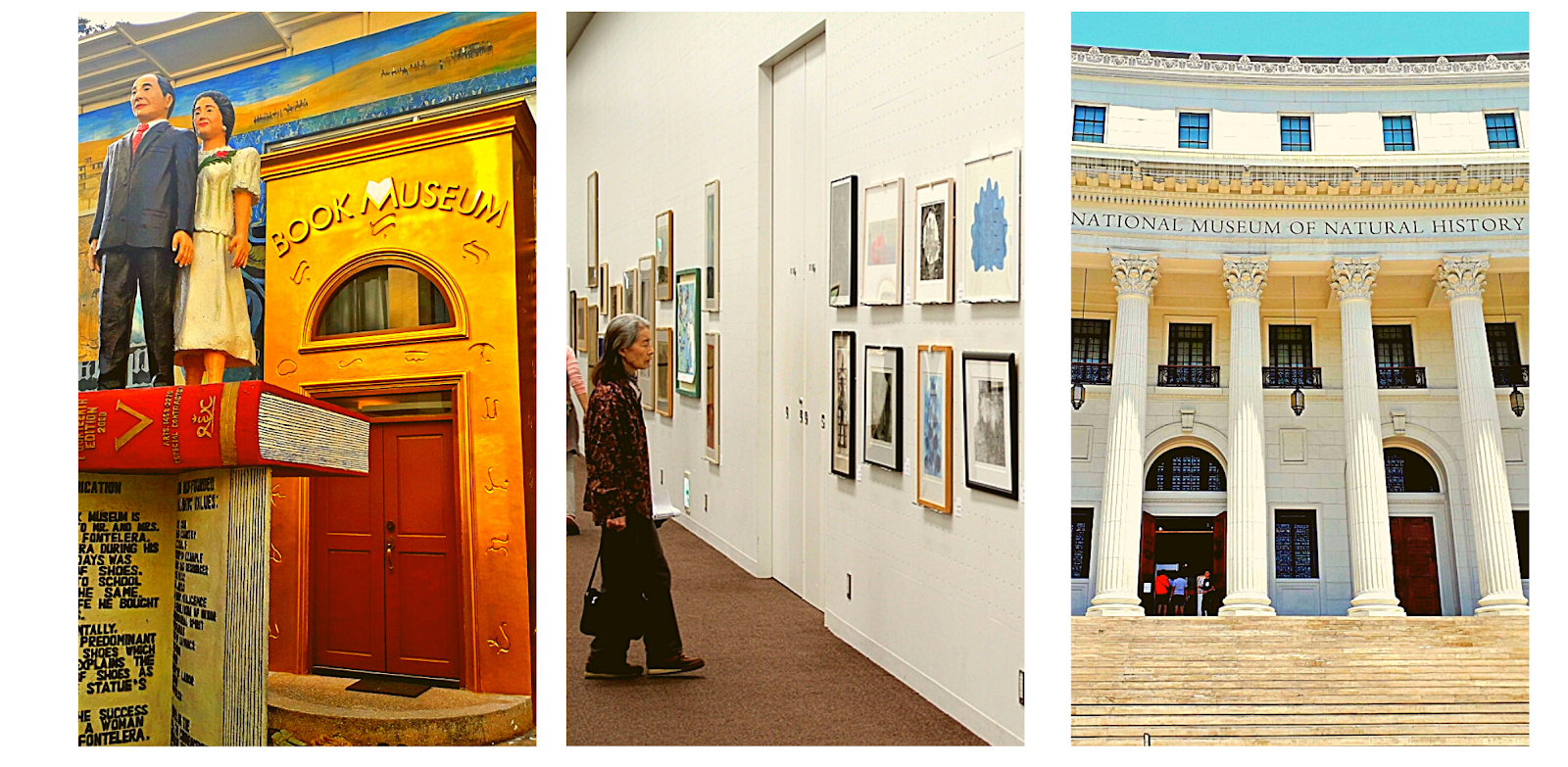After settling into our place for the night at You Khin House in Phnom Penh, we hurriedly went out to explore the city. We plan to check out the Genocide Museum first, but our tuktuk driver mis-heard our instructions and instead took us to Phnom Penh National Museum. We didn't mind since we will still have another day to spare in this city, on the way back to Saigon from Siem Reap later in the week. After being awed by the vast collection of Angkorian era artifacts, lingas and other statues such as the "Leper King" at the National Museum, we took off on foot towards the Royal Palace which is located only a few meters away.
It was supposed to be only a short walk, but we decided to walk towards the Tonle Sap river first and savored the cool breeze along Sisowath Quay and Preah Sisovath Blvd. We also had our lunch on one of the many restaurants located along the boulevard. After struggling to come up with a hard decision of choosing from a menu, my brother and I ordered spring rolls and a chicken dish, which we later found out was mainly a vegetable-based dish, with only sprinkles of chicken on it. Cambodia is definitely a haven for vegetable lovers and a head scratching one, but will deal with it anyway, for meat lovers like us.
| Moonlight Pavilion as seen from Sothearos Boulevard |
After our lunch that costs us $10.50 plus two soft-drinks in can, oh before that, It took me a few agonizing minutes subtracting that amount from our budget and after a few mind calculations blah blah blah, we took it in stride that next time, we need to search harder for a cheaper restaurant that serves beef or either meet and chicken dishes. We then walked along Sothearos Boulevard and finally saw the Moonlight Pavilion and as my excitement grows, so was the number of pigeons on the street. Good thing though, none of them dropped bombshit on my shirt. We then entered the Royal Palace after paying $6.25 each. It was yet another moment of mind-computations. I keep hearing cha-ching sounds in my brain that signals an amount being debitted from our pocket money.
| Phochani Pavilion |
We first entered (without our shoes) the Throne Hall (built in 1917), a place where the royal officials used to carry out their duties and is now used as a place for royal coronations and religious ceremonies. The interior was anything one would expect from a palace. Steep ceilings with intricate paintings, carpeted flooring and at the edge sat a massive set of chairs (most probably for the King and Queen) and accompanying seats for guests. That section though are off limits from visitors who are only allowed to linger at a certain section of the Throne Hall.
| Silver Pagoda |
At this time we were now immersed with a group of western tourists most of them clearly exhibits the look of fascination for the history of Buddhism. Their faces lit up from the delight for every new piece of information that has been relayed to them by their guide, as oriental religion is almost somewhat like an enigma in their culture. This trip, certainly is a wonderful opportunity for people from the West and even such as myself to further dip our knowledge into the amazing history of Buddhism and the ancient Khmer and modern Cambodia as well.
| Hor Samran Phirun on the left |
It is kind of fitting that we started at Phnom Penh and eventually me and my brother would take our trip towards Siem Reap, where the original Khmer Kingdom was founded in the ancient city of Angkor. We kind of synchronized our trip on a backward trail towards the history of Cambodia. Along the way, we have learned more things that definitely cannot be read only on books and other forms of publication. This further reinforces my belief that the world is really one gigantic book, every step of the way, each places you wander to, represents a page.
As I saw the stupas and other buildings inside, which are all a sight to behold and already provide distinct architectural designs, I can't help but get giddy with excitement knowing these was all just a humdinger to the the great Angkor Wat complex that awaits us in the next day or two.

